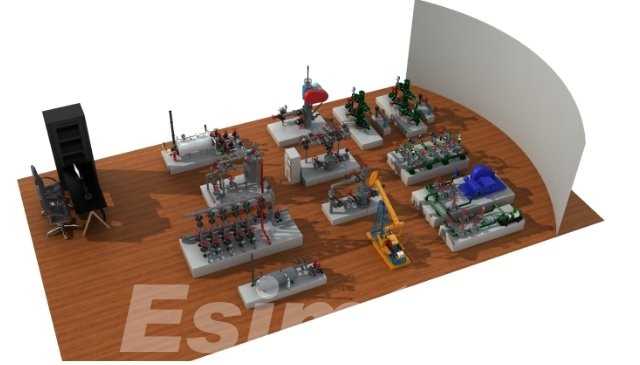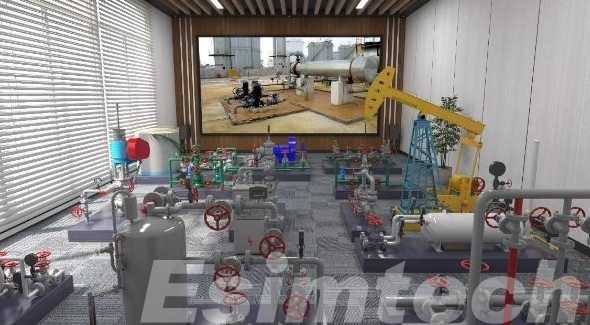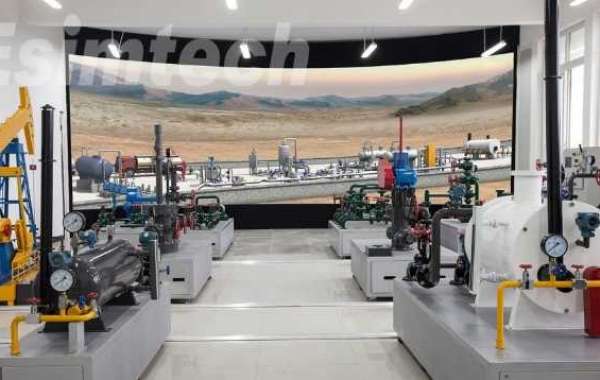Oil recovery simulation is a computer-based modeling technique that can be used to simulate the behavior of oil and gas reservoirs. Oil recovery simulation can be used to design and optimize EOR operations, as well as to predict the performance of EOR projects.
EOR Methods
There are a number of different EOR methods, which can be classified into three main categories:
- Thermal EOR methods: Thermal EOR methods use heat to reduce the viscosity of the oil, making it easier to flow. Thermal EOR methods include steam injection and in-situ combustion.
- Miscible gas injection methods: Miscible gas injection methods involve injecting a gas into the reservoir that mixes completely with the oil. This mixing reduces the viscosity of the oil and makes it easier to flow. Miscible gas injection methods include carbon dioxide injection and nitrogen injection.
- Chemical EOR methods: Chemical EOR methods involve injecting chemicals into the reservoir to alter the properties of the oil and rock. Chemical EOR methods include polymer flooding and surfactant flooding.

Oil Recovery Simulation
Oil recovery simulation is a complex process that involves modeling the behavior of oil and gas reservoirs. Oil recovery simulation models take into account a number of factors, such as the reservoir geometry, the properties of the oil and rock, and the fluid flow characteristics.
Oil recovery simulation can be used to design and optimize EOR operations. For example, oil recovery simulation can be used to determine the optimal injection rate and pressure for a steam injection project. Oil recovery simulation can also be used to predict the performance of EOR projects. This information can be used to make informed decisions about whether or not to invest in an EOR project.
Benefits of EOR and Oil Recovery Simulation
EOR and oil recovery simulation can provide a number of benefits to the oil and gas industry, including:
- Increased oil recovery: EOR can help to increase the amount of oil that can be extracted from a reservoir, which can extend the life of the reservoir and increase profits.
- Improved efficiency: Oil recovery simulation can help to improve the efficiency of EOR operations by optimizing injection rates and pressures. This can reduce costs and increase profits.
- Reduced risk: Oil recovery simulation can help to reduce the risk of EOR projects by predicting the performance of these projects. This information can be used to make informed decisions about whether or not to invest in an EOR project.

Conclusion
EOR and oil recovery simulation are important tools for the oil and gas industry. EOR can help to increase the amount of oil that can be extracted from a reservoir, while oil recovery simulation can help to improve efficiency and reduce the risk of EOR projects.
Example of EOR and Oil Recovery Simulation
The following example illustrates how EOR and oil recovery simulation can be used to improve the profitability of an oil and gas project:
An oil company is considering investing in a steam injection project to increase the oil recovery from a reservoir. The company uses oil recovery simulation to design the project and to predict the performance of the project. The simulation shows that the project is expected to be profitable and that the company can expect to recover an additional 10 million barrels of oil from the reservoir.
The oil company decided to invest in the steam injection project. The project is successful and the company is able to recover an additional 10 million barrels of oil from the reservoir. The company's profits have significantly increased as a result of the project.
This example shows how EOR and oil recovery simulation can be used to improve the profitability of oil and gas projects. By using these tools, oil companies can make informed decisions about whether or not to invest in EOR projects and they can optimize the design and operation of these projects.








